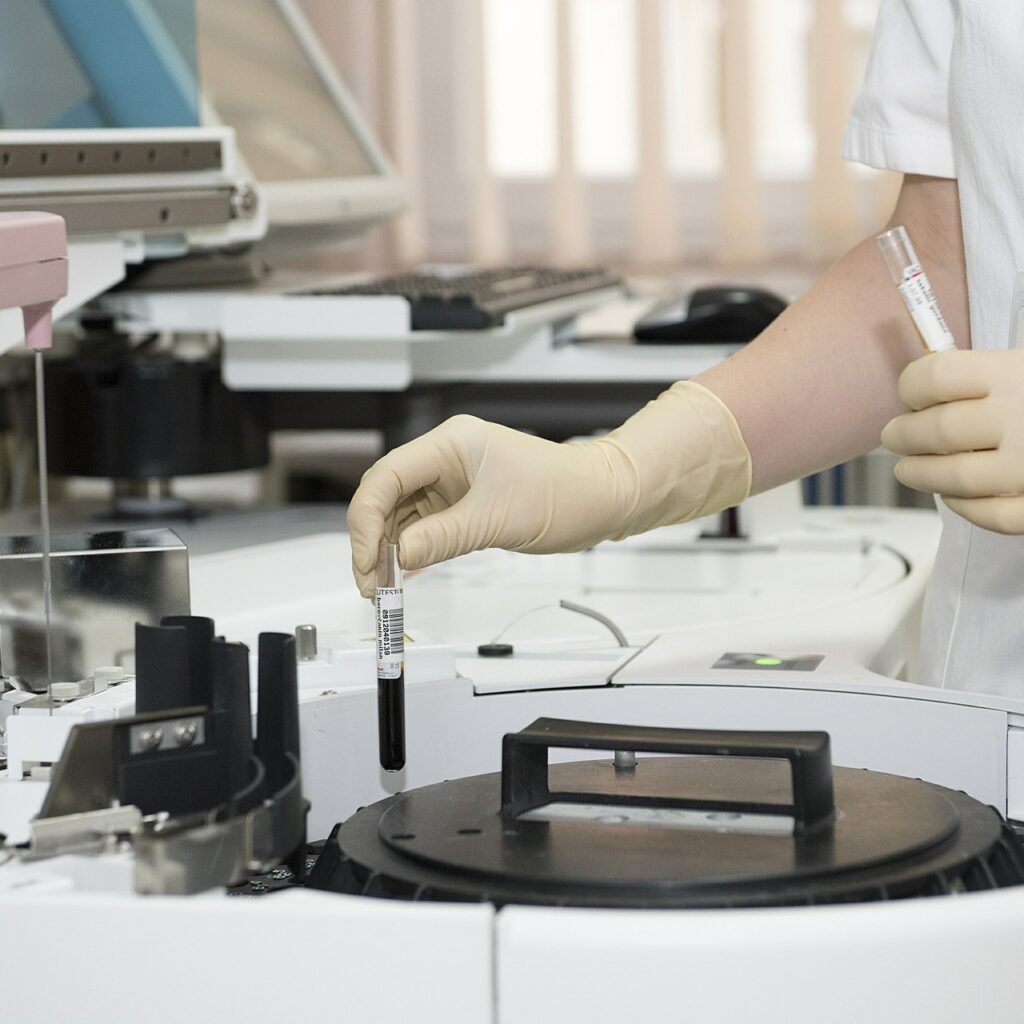
Chemical coordination and integration involve the regulation of body functions through hormones secreted by the endocrine system. This system plays a crucial role in maintaining homeostasis.
Overview of the Endocrine System
The endocrine system comprises glands that secrete hormones directly into the bloodstream. Major glands include the pituitary, thyroid, adrenal glands, pancreas, and gonads (testes and ovaries).
Hormones and Their Functions
Hormones are chemical messengers that regulate various physiological processes:
- Growth Hormone (GH): Stimulates growth and cell reproduction.
- Thyroxine (T4) and Triiodothyronine (T3): Regulate metabolism.
- Insulin and Glucagon: Control blood glucose levels.
- Adrenaline: Prepares the body for ‘fight or flight’ responses.
- Estrogen and Testosterone: Regulate reproductive functions.
Mechanism of Hormone Action
Hormones act on target cells by binding to specific receptors, triggering a response. The mechanism involves:
- Signal Reception: Hormone binds to its receptor.
- Signal Transduction: The binding activates a cascade of intracellular events.
- Cellular Response: The target cell responds appropriately, such as by altering gene expression or enzyme activity.
Regulation of Hormone Secretion
Hormone levels are regulated through feedback mechanisms:
- Negative Feedback: Most common, where a change in a physiological variable triggers a response that counteracts the initial change. For example, high blood sugar levels trigger insulin release, which lowers blood sugar.
- Positive Feedback: Enhances the direction of the initial change. For example, during childbirth, oxytocin release intensifies uterine contractions, which in turn stimulates more oxytocin release.
Common Endocrine Disorders
Endocrine disorders result from hormone imbalance:
- Diabetes Mellitus: Caused by insufficient insulin production or action.
- Hyperthyroidism: Excessive thyroid hormone production, leading to increased metabolism.
- Hypothyroidism: Insufficient thyroid hormone production, leading to reduced metabolism.
- Cushing’s Syndrome: Overproduction of cortisol by the adrenal glands.
Conclusion
Chemical coordination and integration via the endocrine system are vital for maintaining homeostasis. Understanding hormone functions and regulation mechanisms is crucial for NEET aspirants.
FAQs
What is the primary function of the endocrine system? The endocrine system regulates various body functions through hormone secretion.
How do hormones affect target cells? Hormones bind to specific receptors on target cells, triggering a cellular response.
What is negative feedback in hormonal regulation? Negative feedback is a regulatory mechanism where a change in a variable triggers a response that counteracts the initial change.
